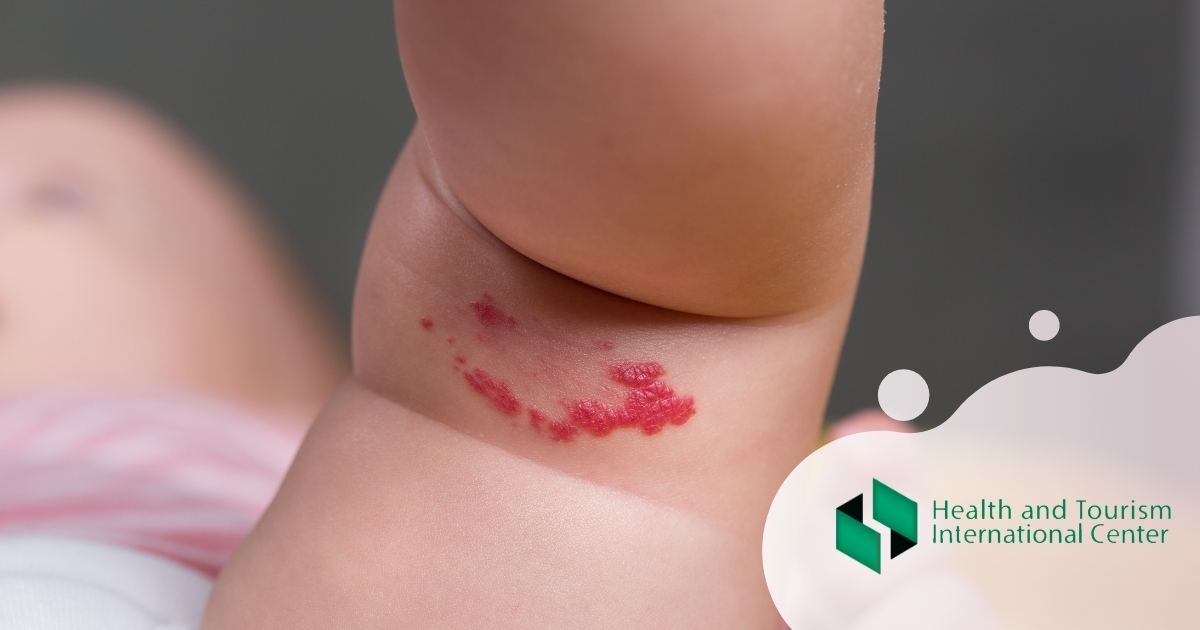What is hemangioma?
A hemangioma is a bright red birthmark that shows up at birth or in the first or second week of life.
A hemangioma can occur anywhere on the body, but most commonly appears on the face, scalp, chest or back.
Treatment for a baby's hemangioma (infantile hemangioma) usually isn't needed as it fades over time. You may want to consider treatment if a hemangioma interferes with seeing, breathing or other functions.
Symptoms
A hemangioma may be present at birth, but more often appears during the first several months of life.
Usually a child has only one mark. Some children may have more than one.
During your child's first year, the red mark grows rapidly into a spongy, rubbery-looking bump that sticks out from the skin. The hemangioma then enters a rest phase and, eventually, it begins to slowly disappear.
Many hemangiomas disappear by age 5, and most are gone by age 10. The skin may be slightly discolored or raised after the hemangioma goes away.
When to see a doctor
Your child's doctor will monitor the hemangioma during routine checkups.
Contact your child's doctor if the hemangioma bleeds, forms a sore or looks infected.
See a doctor immediately if this condition impairs vision, breathing, hearing, urination or defecation.
Causes
A hemangioma is made up of extra blood vessels that group together into a dense clump. What causes the vessels to clump isn't known.
Hemangiomas occur more often in babies who are female, white and born prematurely.
Complications
Occasionally, a hemangioma can break down and develop a sore. This can lead to pain, bleeding, scarring or infection.
Depending on where the hemangioma is situated, it may interfere with your child's vision, breathing, hearing or elimination, but this is rare.
Source:
https://www.mayoclinic.org/diseases-conditions/hemangioma/symptoms-causes/syc-20352334

